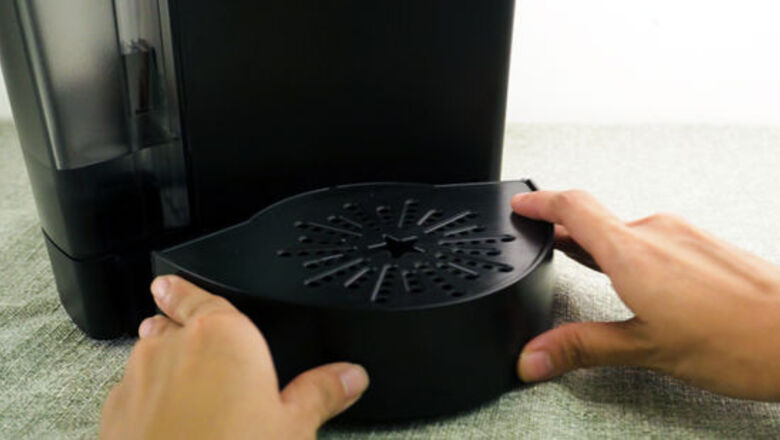
views
- Remove the water reservoir, drip tray, and pod holder and rinse them with warm water.
- Insert a straightened paper clip into the brewing needles and the tube in the pod holder to unclog them, then run a water-only cycle.
- Pour equal parts descaling solution and water into the water reservoir and continuously run brewing cycles until the water reservoir is empty.
Washing the Drip Tray & Water Reservoir
Unplug your Keurig before cleaning it. In order to be as safe as possible, make sure to turn off your Keurig by pressing the power button. Then, completely unplug your Keurig from any power sources before you start disassembling and cleaning it.
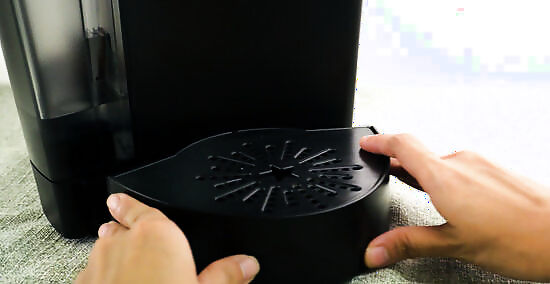
Remove the drip tray and rinse it in soapy water. Slide the tray toward you to easily remove it. If there’s liquid in it, do your best to not jostle it too much and keep it level so that nothing spills out. Rinse it in the dishwasher on the top rack, or clean it with soapy water and a soft cloth. Then, let the drip tray air dry completely or dry it with a soft towel. Clean your drip tray at least once a week or whenever you notice a lot of liquid starting to collect in it. Clean the area beneath where you pulled out the drip tray as well in case any liquid managed to spill down there. Use something like a toothbrush to scrub at any stubborn buildups that won’t come off easily.
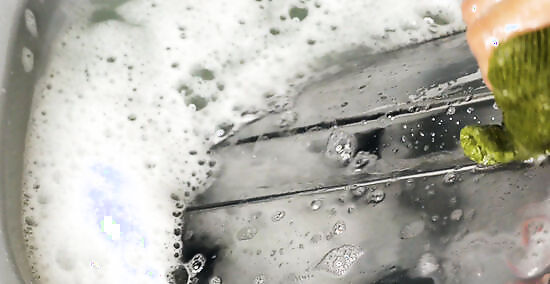
Pull the water reservoir out and scrub it with soapy water. To remove the water reservoir from your Keurig, simply lift it up from where it’s located on the side of the machine. Dump out any excess water into the sink, then use soapy water and a non-abrasive cloth to thoroughly clean the inside and outside of the reservoir. If you have a Keurig water filter in the reservoir, remove that before cleaning out the reservoir. Let the reservoir air dry completely before reassembling. Clean your water reservoir at least once a week. Do not put the water reservoir in the dishwasher. If your water reservoir has a filter screen on the bottom, aim a strong stream of water at the screen to clean off any buildups of dirt or debris. Avoid using a cloth to dry the inside of the reservoir since it may leave behind lint that could get into your water. Place the water reservoir upside down on a towel while it air dries to make sure all of the water drips out.
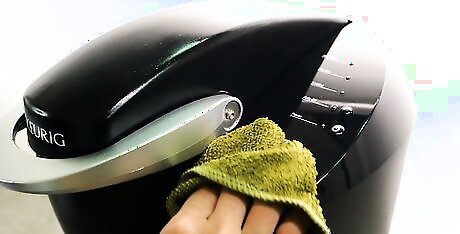
Reassemble your Keurig and wipe it down with a damp cloth. Once the water reservoir and drip tray have completely dried, place them back in their proper positions. Snap the water reservoir back into the side of the Keurig and slide the drip tray back into position on the bottom. Then, take a damp, soapy cloth and use it to do a thorough wipe-down of the entire machine. Finally, dry it with a non-abrasive towel or let it air dry. Don’t plug your Keurig back into the power source until it’s completely dry. Never submerge your Keurig machine entirely in water. Only rinse the removable water reservoir and drip tray. Wipe your Keurig off every time you use it to keep it clean and prevent any residue from forming. If your Keurig has a touchscreen display, wipe it dry with a paper towel when you’re finished cleaning it so it doesn’t get damaged. EXPERT TIP James Sears James Sears House Cleaning Professional James Sears leads the customer happiness team at Neatly, a group of cleaning gurus based in Los Angeles and Orange County, California. James and the team have nine years of experience and offer green cleaning, interior and exterior window washing, and general apartment cleaning services. He provides transformative cleaning experiences by reducing clutter and renewing your home environment. James is a Trustee Scholar at the University of Southern California. James Sears James Sears House Cleaning Professional Opt for an all-natural, plant-based cleaner to clean your Keurig. Whenever possible, try to avoid using toxic or synthetic chemicals around an item that you'll be eating or drinking from.
Unclogging the Needle & Pod Holder
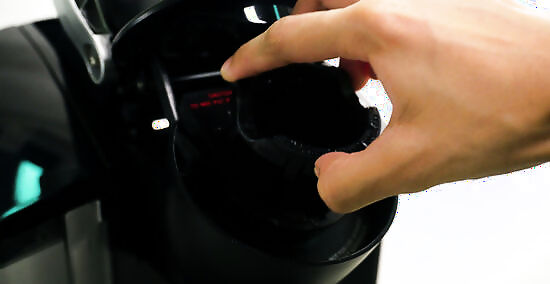
Take out the pod holder and remove the funnel. Lift the handle on top of your Keurig to access the pod holder. Grab the edges of the pod holder and pull up carefully to remove it from the machine. Then, separate the funnel from the pod by gently twisting it and pulling them apart. When separating the pod holder and funnel, make sure to do so over your sink or a trash can in case any loose coffee grounds, dirt, or other debris spills out.
Clean out the tube of the pod holder with a paper clip. Poke a straightened paper clip through the tube of the pod holder and swirl it around to dislodge any buildups of coffee grounds. Make sure to do this over your sink, garbage can, or a paper towel to catch anything that falls out. If you don’t have a paper clip, use anything thin and sharp to do this step, such as a toothpick.
Rinse the pod holder and funnel with warm water. Avoid using any soap when cleaning out your pod holder since it could affect the flavor of your coffee if you don’t manage to rinse all of it out. Once you’re done rinsing out the two pieces, let them air dry completely. If your Keurig is dispensing your drink at a much slower pace than normal or if you hear any strange gurgling or sputtering sounds, these might be signs it’s time to unclog the needles. As a general rule of thumb, clean and unclog your Keurig’s needles once a month or more. A second needle is at the bottom of the pod holder, so be careful when rinsing it since it’s very sharp. Use a damp cloth or a toothbrush to scrub around the area where you insert the pod holder into the machine in case there’s any buildup of dirt there.
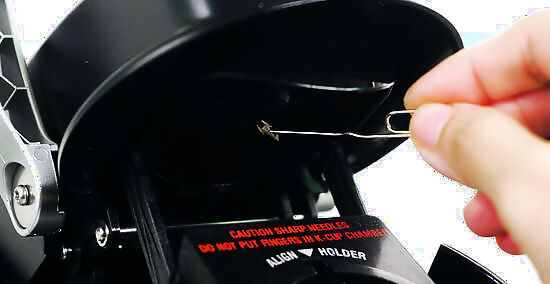
Clean the inside of the needle with a paper clip. The needle is located inside your Keurig above the pod holder. Use a straightened paper clip, or something else small and sharp, and poke it inside the hole in the center of the needle. Work the paper clip back and forth to loosen any coffee grounds or scale that may have gotten stuck inside. Be careful while cleaning the needle since it’s very sharp.Tip: Some Keurig needles will have 2 holes in them. Be sure to clean out each hole so water can flow easily through it.
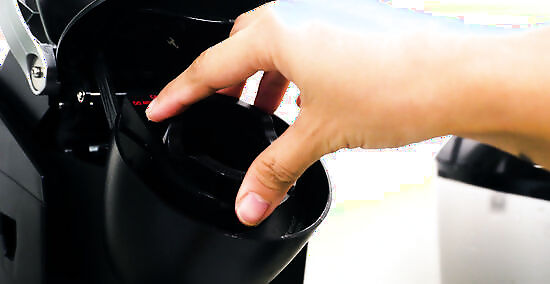
Put the pod holder back in your machine. Once the pod holder and funnel have completely dried, reassemble them by pressing them together. Then, set the entire pod holder into the space where you pulled it out and gently push it back into place. You’ll hear the pod holder click once it’s secured again. Make sure the pod holder is lined up correctly. There’s usually an arrow on the pod holder and the Keurig to show which way to insert it.
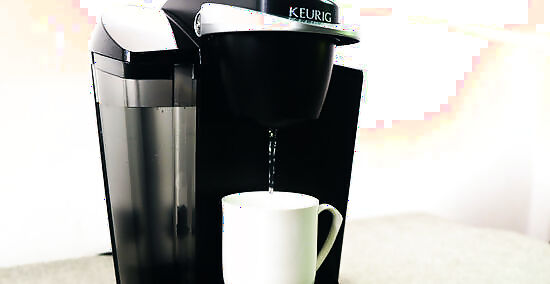
Run 2 water-only cycles through your machine. Place an empty mug on the drip tray underneath the dispenser. Then, fill the water tank up to the max fill line and select the largest cup size to start a water-only brew on your machine. Let the water fill the mug until the first cycle is finished. Finally, empty the mug and run the machine one more time with just water so it can clean out any residue. Some Keurig machines will make you press a button on a touchscreen to confirm that you want to run the cycle without a K-cup. Other models may make you lift the handle and close it again before starting another cycle.
Descaling the Tank
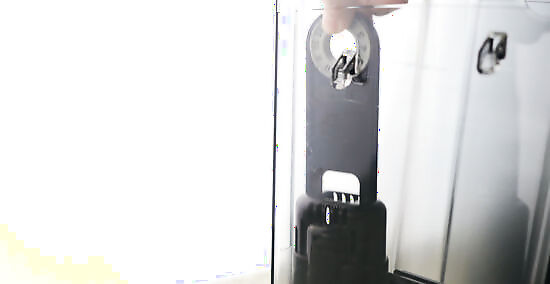
Empty the water tank and remove the filter. Take the reservoir off of your Keurig machine and dump out any water that’s inside. If your Keurig has a water filter, pull it out of the tank and set it aside while you descale the machine. Put the water tank back onto your Keurig once it’s empty.
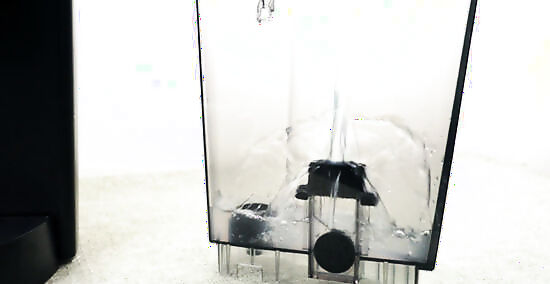
Mix equal parts descaling solution (or vinegar) and water in the tank. Pour a full bottle of Keurig descaling solution into the water tank, which is usually around 14 oz (410 ml). Fill the empty bottle with water from your sink and add it to your tank to dilute the solution. Another option is to clean your Keurig with white vinegar. Instead of the descaling solution, fill the water reservoir with equal parts white vinegar and water (about 14 oz (410 ml) each). Use distilled water when descaling your machine and also when brewing drinks to avoid having to descale your Keurig as often.
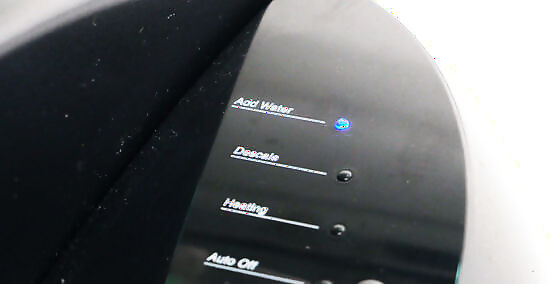
Run the Keurig until the “Add Water” light blinks. Place a mug underneath the dispenser so the descaling solution-water mixture doesn’t spill when you run it. Make sure there isn’t a K-cup inside the machine before you start running your brew cycle. Then, start the machine and let the first cycle fill the mug. Once the first cycle is over, empty the mug and start another cycle right away. Keep running cycles until the tank is empty and the “Add Water” light starts blinking. If your Keurig has a touchscreen, the screen will display when it needs more water in order to run.
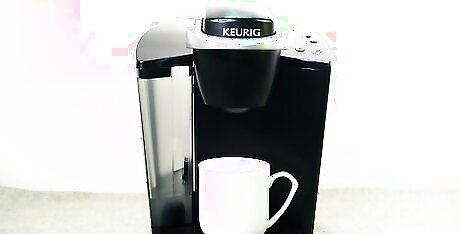
Let your Keurig sit for at least 30 minutes. Your Keurig usually stores some of the descaling solution inside an internal reservoir after you run the cycles. Leave your Keurig alone for at least 30 minutes so the descaler can break apart any residue or buildup inside this reservoir. If you’re using vinegar to descale your Keurig, leave it alone for about 4 hours so it has time to break down the buildup inside.
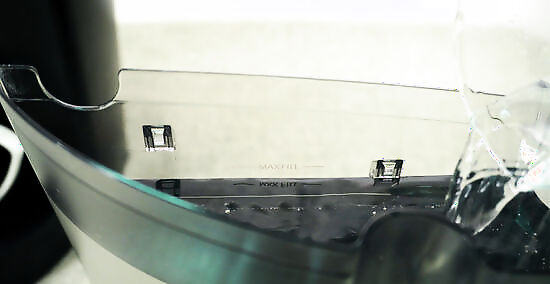
Dump out any leftover solution and fill the tank with clean water. Pour out any leftover solution or liquid into your sink and rinse it underneath warm water. Make sure you rinse the tank thoroughly so there’s no solution or vinegar left inside. Then, fill the tank to the max fill line with clean water and put it back in place on the side of the machine.
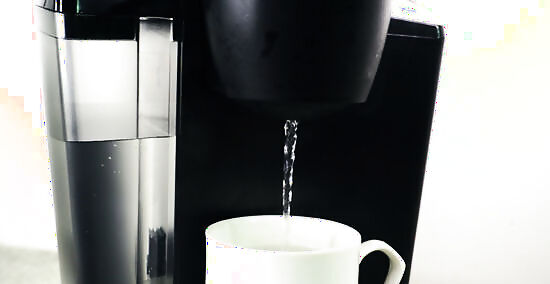
Run through water-only cycles on your Keurig at least 12 times. Set a mug on the drip tray and run a hot water-only cycle through your machine. Once the first cycle is complete, empty the mug and run another cycle immediately after. Keep running cycles until you’ve done it 12 times to clean out all of the descaler solution or vinegar. You may have to fill the water tank at least once to run all of the cycles. Make sure to descale your machine every 3 to 6 months to avoid large buildups. Your machine may also give you a warning when it needs to be descaled.
Replacing the Water Filter
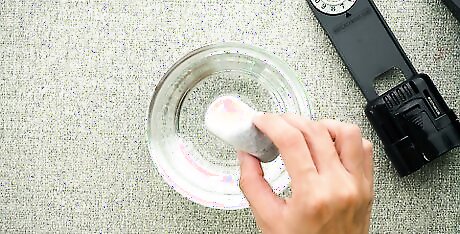
Soak a new filter in water for 5 minutes. Take the replacement water filter and place it in a bowl of cold water. Let the filter soak for at least 5 minutes before putting it in your Keurig. This helps the filter work better once it’s inside your tank. Replace your water filter every 3 months or every 60 times you fill the tank. Keep in mind that not all Keurig models have water filters. Replace your filter every 3 to 6 months.
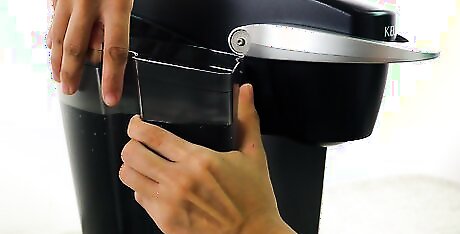
Pull out the filter tube from your water reservoir. You can usually find the filter in the middle or near the back of your Keurig’s water reservoir. Simply pull the tube out from the Keurig and set it on a cloth towel or paper towel to avoid getting water everywhere.
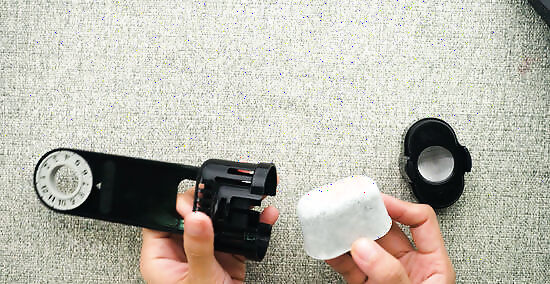
Take apart the bottom of the tube to remove the old filter. Keurig filters consist of a long tube and a mesh piece on the bottom to hold the filter in place. Grab the mesh piece on the bottom and pull it loose to take out the filter. Throw the old filter away once you’ve removed it. Take out the old filter while the new one is soaking. That way, once the new filter is done soaking, you can immediately put it in.
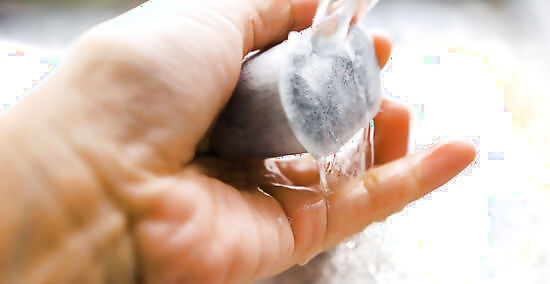
Rinse the new filter in water for 1 minute. Take the new filter out from the bowl of water and rinse it underneath cool water. Rotate the filter in your hands to rinse it completely. Keep the filter underneath the stream of water for at least 1 minute before you put it in the tube.
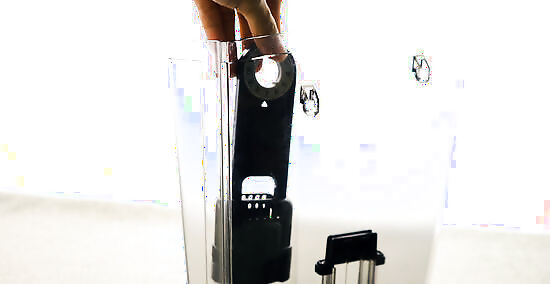
Place the new filter in the tube and put it back in the tank. Hold the filter tube upside down and set your filter inside of it. Replace the mesh bottom to secure the filter in place before putting the filter back into your Keurig. Once the filter is replaced, you can immediately start using your Keurig again.

















Comments
0 comment